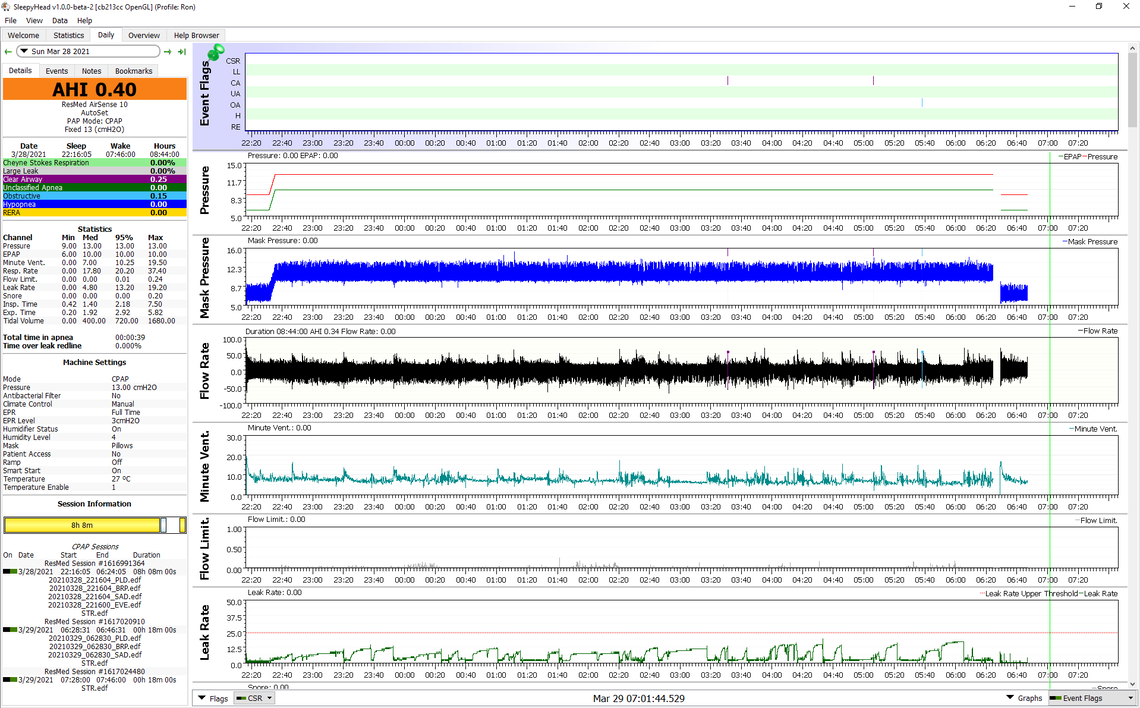CPAP: AirSense 10 AutoSet
Set to CPAP Fixed Mode
Pressure 11 cm
Ramp: Auto
Ramp Start: 9 cm
EPR: 2, Full Time
Mask: ResMed AirFit P10 Nasal Pillow
Canada
CPAP: AirSense 10 AutoSet
Set to CPAP Fixed Mode
Pressure 11 cm
Ramp: Auto
Ramp Start: 9 cm
EPR: 2, Full Time
Mask: ResMed AirFit P10 Nasal Pillow
Canada
I am not in the US, but I believe the US Medicare rules for replacement parts etc are extremely generous. Someone must be making big money on it. This link gives you the schedule and codes they use for replacement.
https://www.sleepapnea.org/treat/cpap-therapy/care-and-replacement-of-cpap-equipment/
My wife has a CPAP machine that is about 5 years old and it works fine. Mine is 3 years old and works fine. I am basically using a 3 year old mask with a new nasal pillow cushion. All the rest is original. You really only need to replace parts when they deteriorate. Some of the replacement frequencies allowed by Medicare are downright ridiculous. 5 years for the machine is probably reasonable though.
Hospitals should have CPAP's to use, but I know from experience if the hospital visit is planned then they ask you to bring your own machine. Keep in mind that especially when you have mild apnea a CPAP machine is nothing close to being essential for life. It is a long term risk and sleeping a few nights without it, is not really a big deal. If you snore, it may annoy someone else in the room though.
If you have an automatic machine you are unlikely to need a periodic sleep study, and one is not necessary unless you are having issues with achieving a low enough AHI. AHI should be under 5, but many people get under 2.
If you have a PC or Mac with a SD card reader you may want to download a freeware app called OSCAR that shows all the detailed data that the machine is capturing each night. It allows you to monitor the efficiency of the machine better and will let you know if you may benefit from adjustments. Here is an example of a report from my ResMed AirSense 10 machine.
